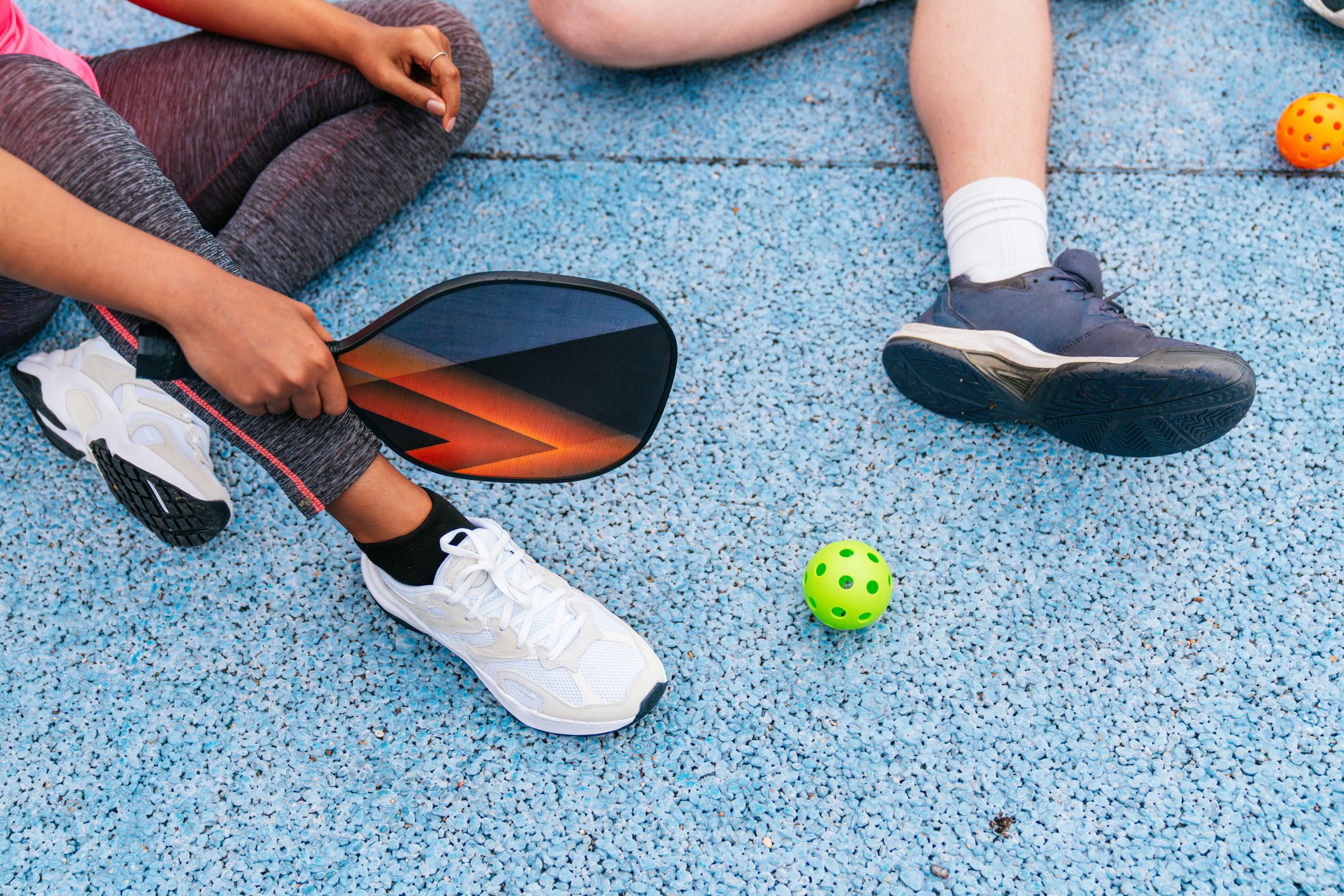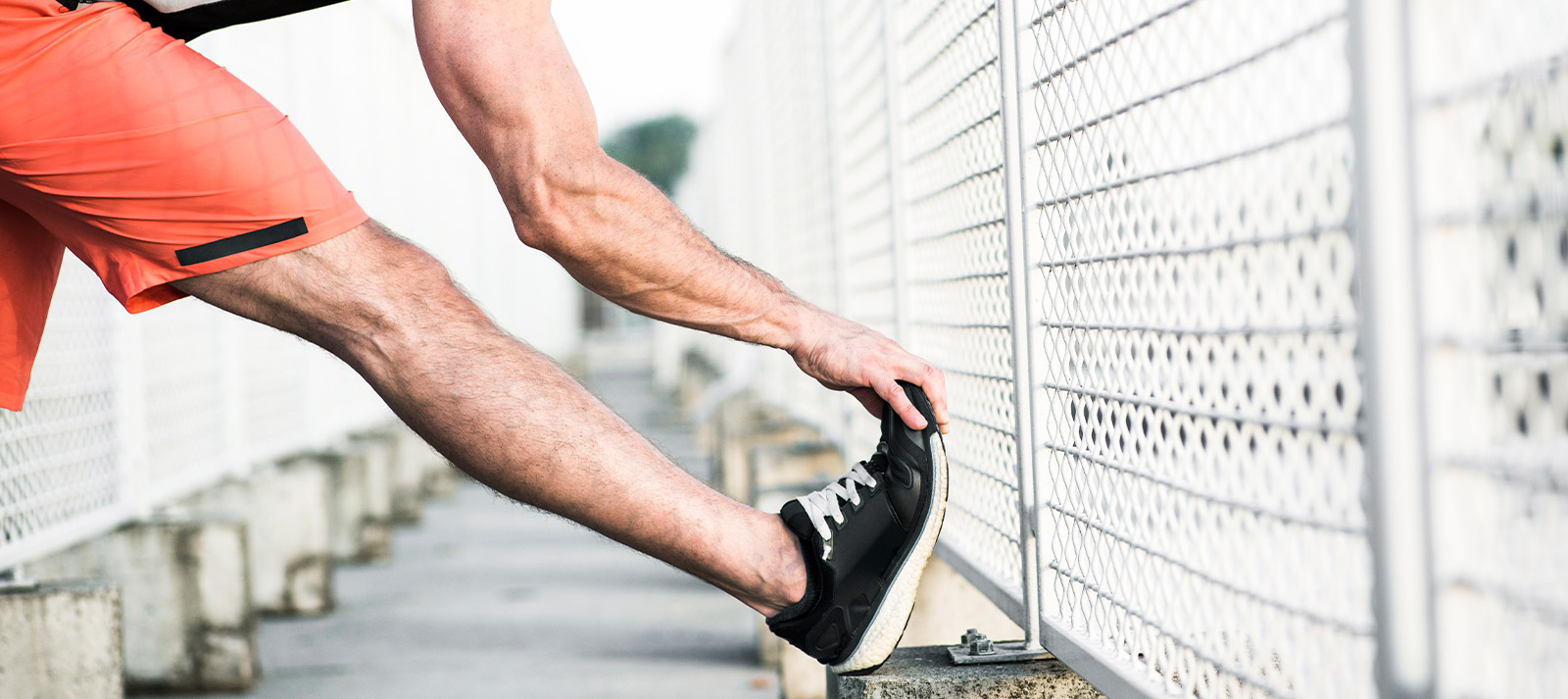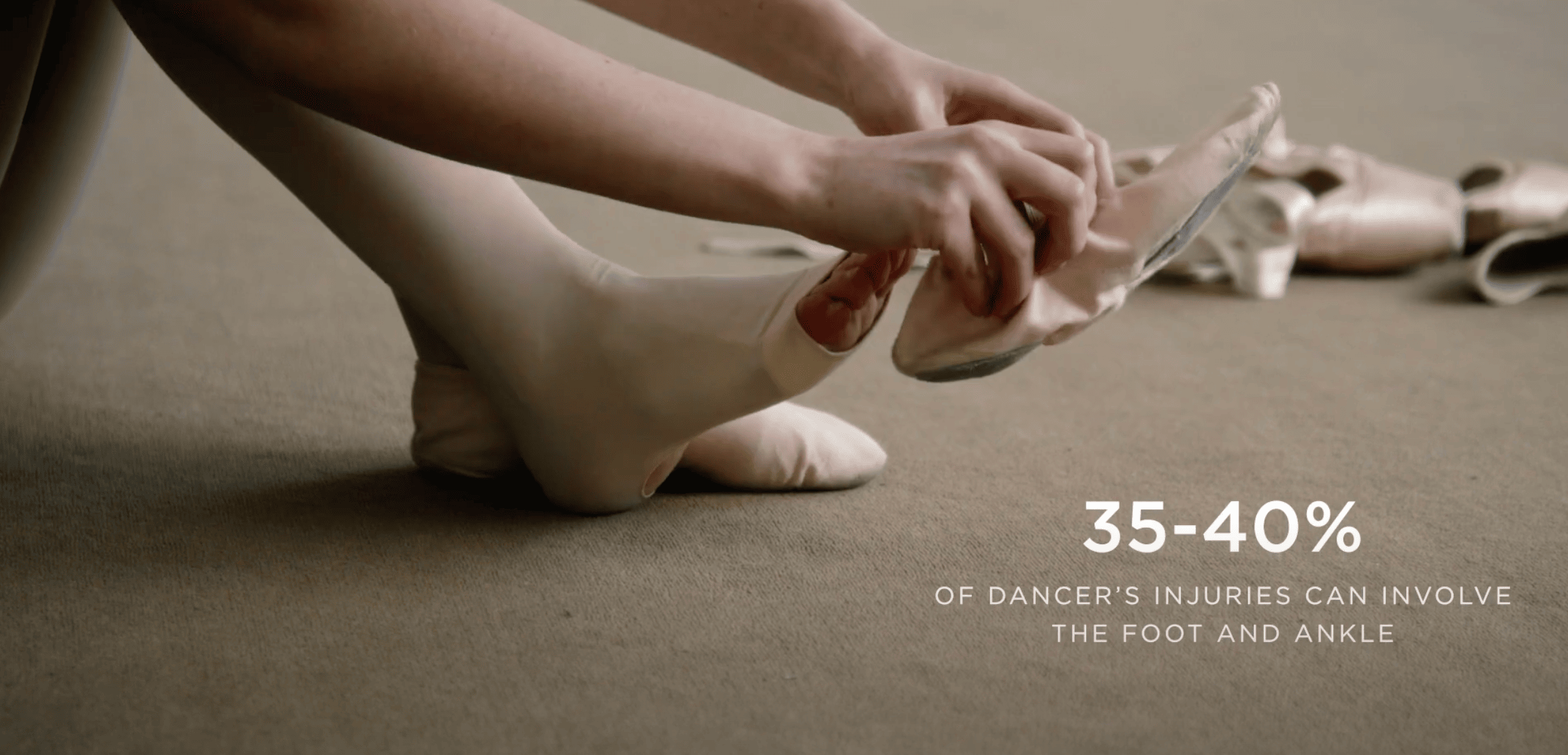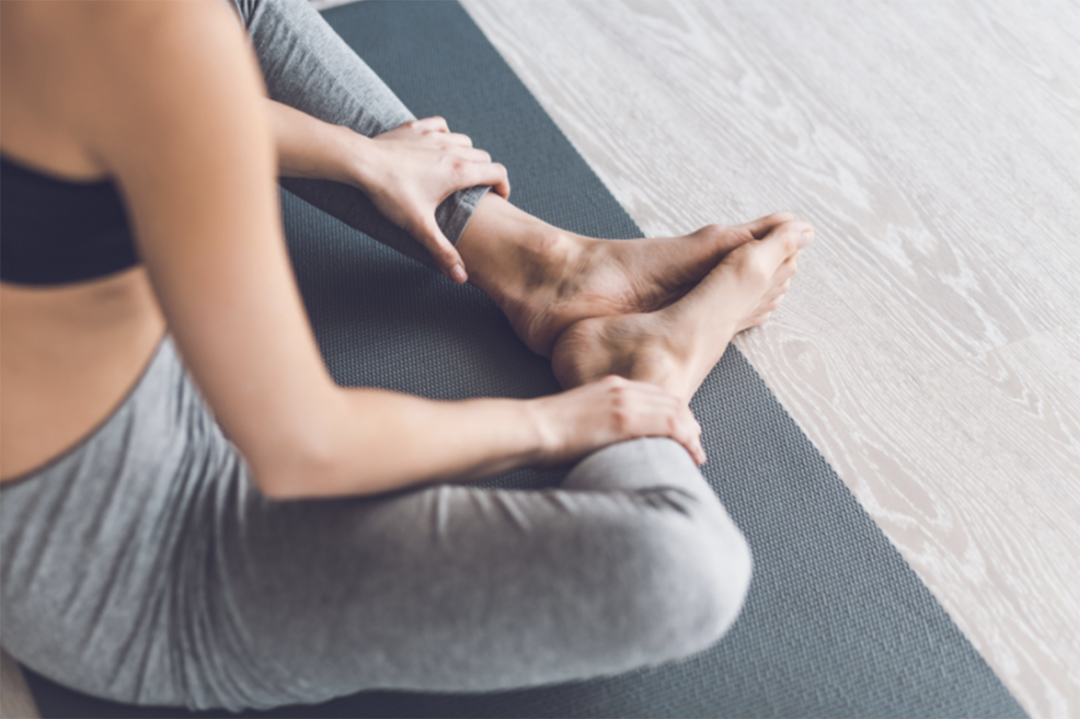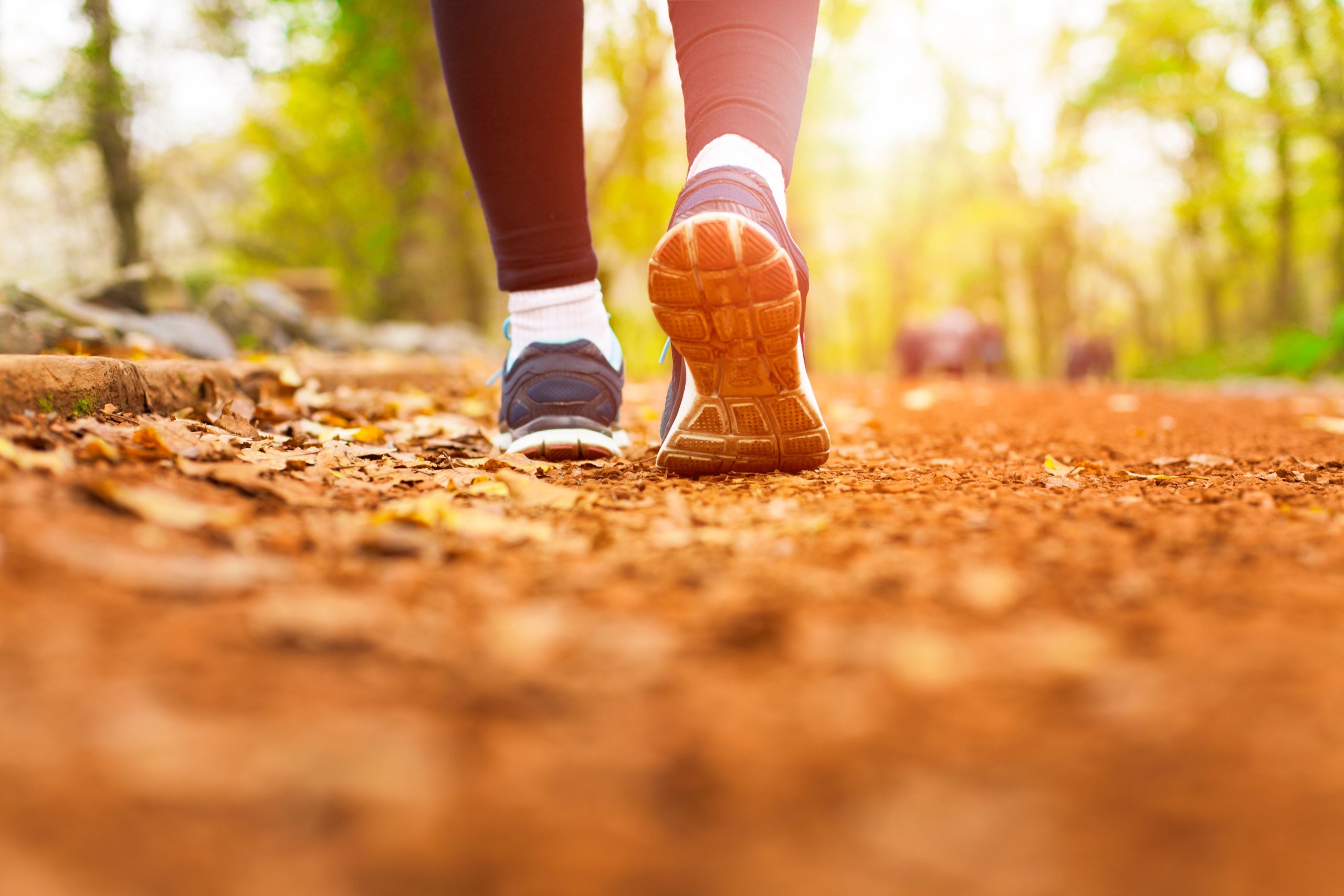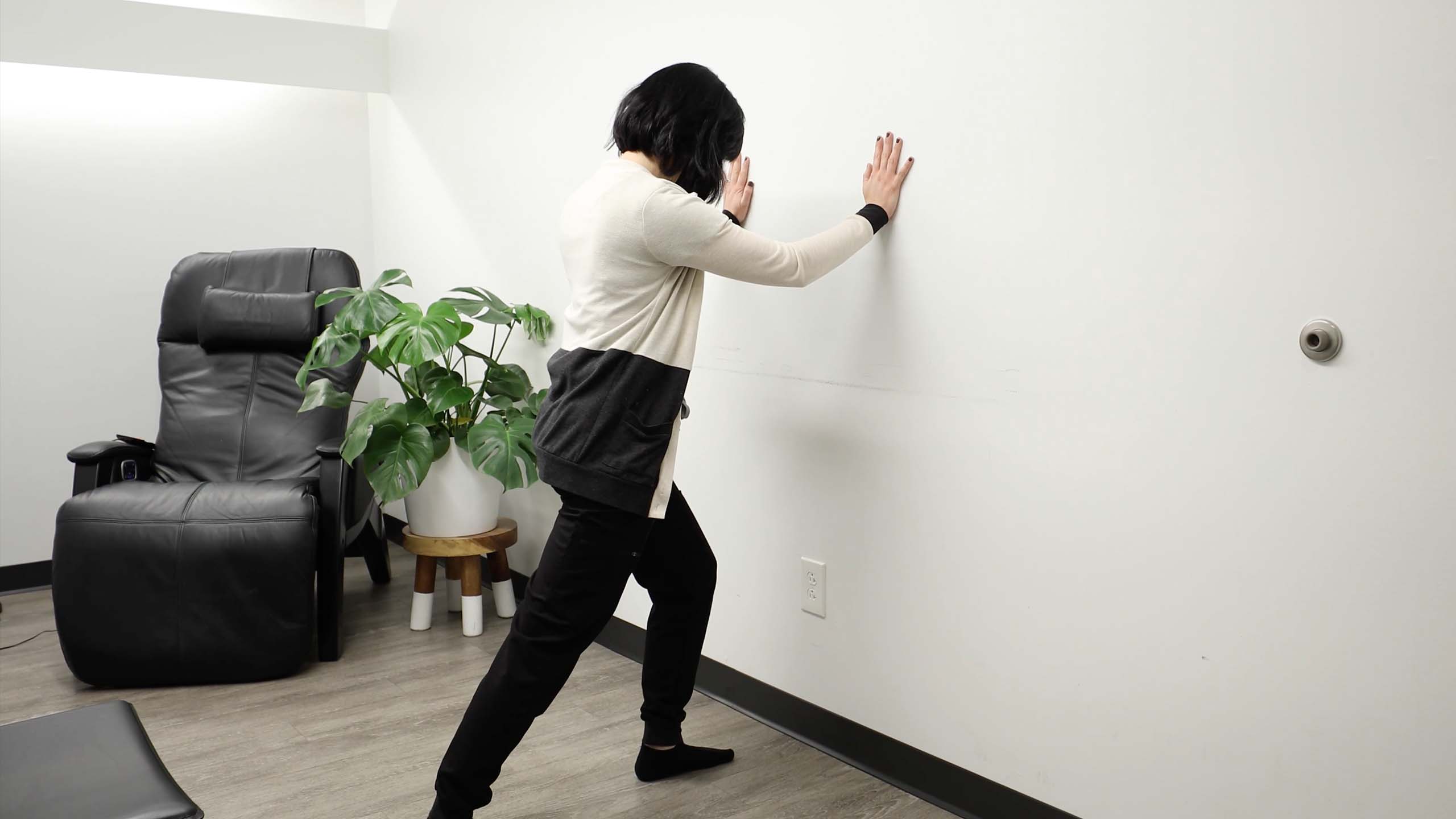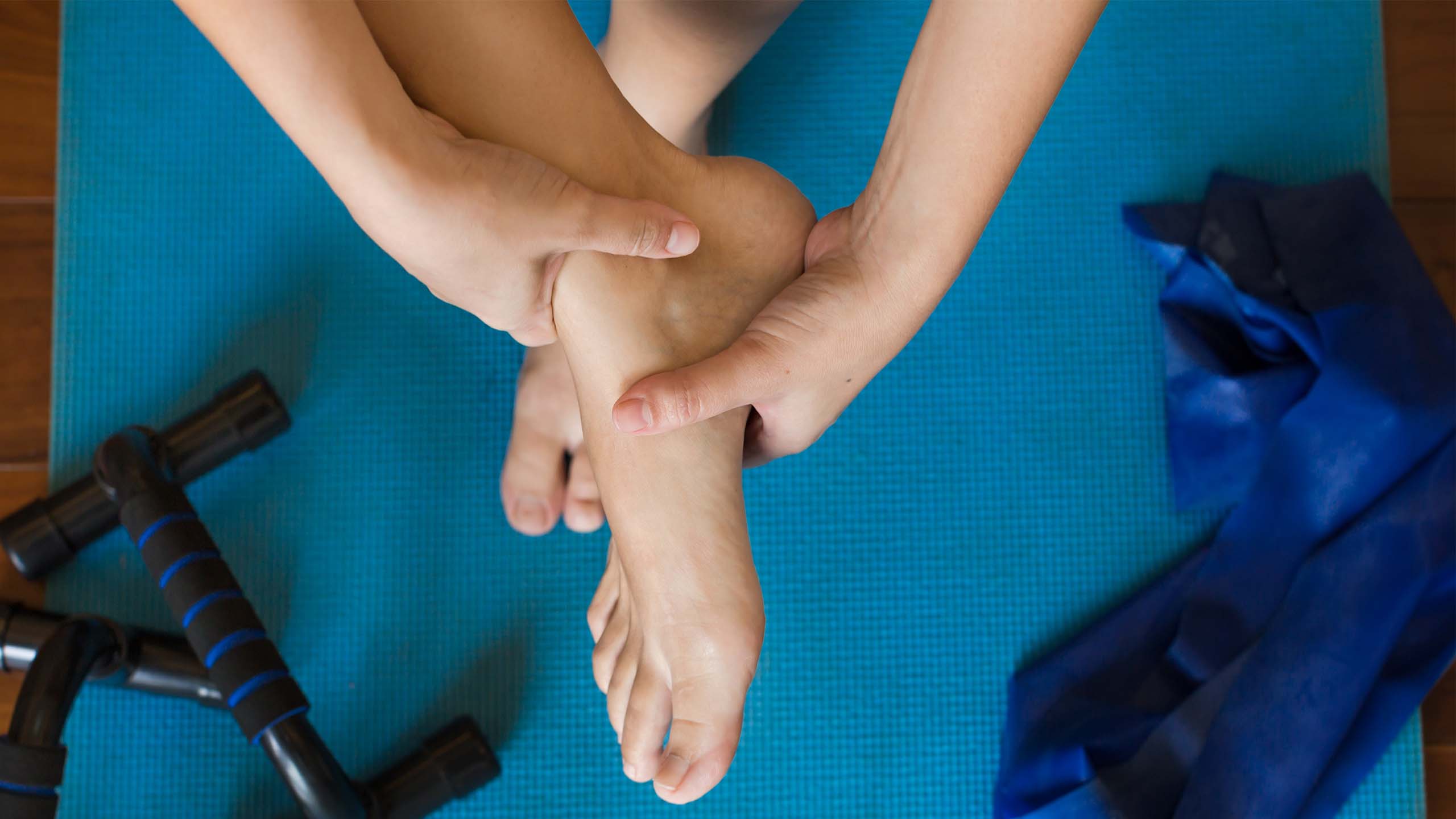The Pains of Pickleball: How to Stay Healthy in Everyone’s Favorite Summer Sport
The Pains of Pickleball: How to Stay Healthy in Everyone’s Favorite Summer Sport
It’s official. Pickleball isn’t just a trend – it’s a national obsession.
With its simple rules, fast pace, and low barrier to entry, this paddle sport has won over players of all ages, all backgrounds, and all walks of life. If you drive by your local community courts this summer, it’s almost a guarantee you’ll catch a range of pickleball players at that pivitol game point. But as pickleball’s popularity rises, so do injury rates. The combination of quick lateral movements, sudden pivots, and repetitive play puts added stress on the feet and ankles. At Balance Foot & Ankle, we’ve seen firsthand how this fun and accessible sport can lead to pain and injury without the right precautions.
Whether you’re a seasoned player or just picked up a paddle for the first time, protecting your foot and ankle health is essential. Here’s how to stay active and injury-free on the court.
Common Pickleball Injuries
- Plantar Fasciitis: This overuse injury is caused by repetitive stress on the arch and heel. It often begins as a dull ache but can progress to sharp, stabbing pain, especially during the first steps of the day or after extended play.
- Ankle Sprains: The quick direction changes and abrupt stops can result in rolled or twisted ankles. These sprains stretch or tear ligaments and often lead to swelling, bruising, and difficulty walking.
- Achilles Tendonitis: Jumping and sudden accelerations can overwork the Achilles tendon, which connects the calf muscles to the heel. Repeated strain can cause inflammation and pain. If left untreated, it may become a chronic issue or lead to a rupture.
- Stress Fractures: Stress fractures are tiny cracks in the bones of the foot, often caused by overuse or improper footwear. These injuries may start as mild discomfort but can worsen over time if not addressed.
- Toe and Nail Injuries: Sudden stops, tight shoes, and repeated impact can lead to bruised toenails, ingrown nails, or turf toe, which is a sprain of the big toe joint that can sideline a player for weeks.
Prevention Tips
- Wear Proper Footwear: Running shoes are built for forward motion, not the lateral movement required in pickleball. Choose court shoes that offer good support, cushioning, and traction. This can help prevent slips and protect your arches, heels, and toes.
- Warm Up and Cool Down: Before playing, perform dynamic stretches like leg swings or arm circles to activate muscles. After the game, shift to static stretches to reduce tightness and support recovery.
- Strength & Flexibility Training: Strengthening the foot, ankle, and calf muscles improves stability and reduces injury risk. Exercises like calf raises, resistance band work, and ankle mobility drills can help. Flexibility training, such as yoga, is also beneficial.
- Take Breaks & Listen to Your Body: Know the difference between soreness and injury.
When to see your podiatrist
Sometimes, discomfort can resolve with rest and self-care. But you should see a podiatrist if you notice:
- Persistent pain that does not go away
- Swelling or bruising that lingers
- Difficulty walking or bearing weight
- Early evaluation and treatment can help you heal faster and avoid further complications.
Love pickleball but not the pain?
Let the team at Balance Foot & Ankle help you stay on your feet and in the game. Whether you are managing an injury or want advice on prevention, we are here to support your health on and off the court.
Achilles Tendonitis and Shin Splints
Achilles tendonitis and shin splints: symptoms, causes, and treatments
At Balance Foot & Ankle, you hear us talk a lot about – you guessed it – feet and ankles. But given how interconnected your lower extremities are, it’s important not to overlook common ailments people experience in areas like the Achilles tendon and lower leg. Anyone who regularly runs, walks, or plays repetitive impact sports has likely dealt with pain in the area just above the ankle.
Here’s what you need to know about Achilles tendonitis and shin splints.
What is Achilles tendonitis?
The Achilles tendon is the band of tissue that connects the back of your heel to your calf muscles. It plays an important role in any physical activity involving your feet, and any sudden increase in activity level or intensity can cause this area to become inflamed. If the pain isn’t too serious, it can likely be treated effectively at home by decreasing activity levels and treating the tendon with ice, compression, and elevation.
What are shin splints?
Similar to Achilles tendonitis, shin splints tend to impact anyone who spends a lot of time on their feet or upon suddenly increasing physical activity. Shin splints typically involve feeling tenderness or pain (can be sharp or dull) along the side of your shinbone. At first, the pain might not be that serious and can subside after stopping exercise. But over time, if you don’t allow time to rest, the pain will likely intensify and you increase the risk of it turning into a stress fracture.
What you can do to treat and prevent these injuries?
If pain in your Achilles and shin persists for more than a week or two after resting, it might be time to see a doctor. More serious and complex cases may involve advanced diagnostic testing that will determine if surgery or an extended recovery period are needed.
To avoid Achilles tendonitis and shin splints, always increase your activity levels gradually. If you’re just getting into running, for example, start off slow and keep your runs short until your body is used to the impact. Proper footwear is also key – make sure you have shoes that fit properly, are designed for the activity you’re doing, and aren’t overly worn.
In addition to these precautions, strengthening your feet and ankles can help build a more durable Achilles tendon. Each of the muscles and tendons below your knees are highly dependent on each other, and a weakness or imbalance in one area can sideline you from your favorite activities if you’re not careful. When it comes to improving strength and mobility, check out our “Yoga for Foot & Ankle Strength” article to learn more.
Let us restore your balance.
If you notice the discomfort in your heels persisting, our trusted team of podiatrists at Balance Foot & Ankle can work with you to alleviate the pain by customizing a treatment plan to your lifestyle.
Video: Foot & Ankle Support Tips for Dancers with Dr. Prezioso
Foot & Ankle Support Tips for Dancers with Dr. Prezioso
Let us restore your balance.
If you notice the discomfort in your heels persisting, our trusted team of podiatrists at Balance Foot & Ankle can work with you to alleviate the pain by customizing a treatment plan to your lifestyle.
Video: Foot & Ankle Support Tips for Basketball Players with Dr. Hastings
Foot & Ankle Support Tips for Basketball Players with Dr. Hastings
Let us restore your balance.
If you notice discomfort, our trusted team of podiatrists at Balance Foot & Ankle can work with you to alleviate the pain by customizing a treatment plan to your lifestyle.
Stabilize Your Step: Yoga for Foot & Ankle Strength
Stabilize Your Step: Yoga for Foot & Ankle Strength
Yoga is a practice that has been used for centuries to improve flexibility, mental clarity, and overall awareness of the body. In the field of podiatry, we often recommend yoga stretches to help improve the strength and stability of our feet and ankles. Our feet are the foundation of our body, support our weight throughout the day, and provide balance and stability. However, due to inactivity, improper footwear, or injuries, our feet and ankles may become weak, leading to pain, discomfort, and instability.
We’ve outlined a few simple poses you can practice to enhance your stability, and hopefully, help you relax and restore.
The Balanced Solution
Mountain Pose
Mountain pose is excellent for improving posture and grounding the body. It helps to strengthen the feet, ankles, and legs while improving balance and stability:
- Stand straight with your feet hip-width apart
- Keep your weight evenly distributed on both feet
- Engage your leg muscles and lift your kneecaps
- Lengthen your spine and keep your shoulders relaxed
- Hold for 30 seconds to one minute
Warrior III
Warrior III is a powerful pose that strengthens the legs, hips, and ankles:
- Stand straight with your feet hip-width apart
- Shift your weight to your left foot and lift your right leg off the ground
- Extend your right leg behind you while keeping your hips square
- Reach your arms forward and keep them parallel to the ground
- Hold for 30 seconds to one minute and repeat on the other side
Tree Pose
Tree pose is an excellent pose for improving stability. It strengthens the feet, ankles, and legs while improving focus and concentration:
- Stand straight with your feet hip-width apart
- Place your right foot on your left inner thigh
- Press your foot into your thigh and your thigh into your foot
- Bring your hands to your heart center or raise them above your head
- Hold for 30 seconds to one minute and repeat on the other side
Half Moon Pose
Half Moon pose is a pose that helps to stretch the vertebral column while engaging the ankles and legs:
- Stand straight with your feet hip-width apart
- Shift your weight to your left foot and place your left hand on the ground
- Lift your right leg off the ground and extend it behind you
- Rotate your right hip open and stack your right foot on top of your left foot
- Raise your right arm toward the sky
- Hold for 30 seconds to one minute and repeat on the other side
Downward-Facing Dog
Downward-facing dog is a pose that strengthens the feet, ankles, and wrists while improving flexibility and balance:
- Start on your hands and knees with your hands shoulder-width apart and your knees hip-width apart
- Lift your hips up and back, straightening your arms and legs
- Press your hands and feet into the ground
- Hold for 30 seconds to one minute
Practicing and incorporating these poses into your regular exercise routine can help prevent injuries, alleviate pain and discomfort, and enhance overall well-being. Remember to practice these poses mindfully and with compassion, listening to your body’s limitations and adjusting accordingly. If you need extra help restoring your balance or stabilizing your step, we’re here for you. Don’t hesitate to give us a call or schedule an appointment today at any of our five locations.
All About Sports Foot & Ankle Injuries in Kids with Dr. Carissa Sharpe
All About Sports Foot & Ankle Injuries in Kids with Dr. Carissa Sharpe
The prevention of sports-related foot & ankle injuries is always important, especially for young athletes. However, if an injury does occur it can be helpful to understand the treatment options for your child. Join us as Dr. Carissa Sharpe explains a few common sports injuries and what our team at Balance can do to help!
Ankle Care Tips for the Fall Sports Season
Ankle Care Tips for the Fall Sports Season
One of the best parts of this time of year for many students is the return of fall sports. Whether it’s playing football under the Friday night lights, racing on the cross-country course, or taking the field for a soccer match, there’s no shortage of opportunities for competition, self-improvement, and team bonding.
Student-athletes know as well as anyone how important staying healthy is for making the most of their participation in fall sports. In order to stay healthy and on the field this fall and beyond, let’s take a look at some of the best ways to keep your ankles strong.
Ankle sprains
Sprains are among the most common injury that sidelines student-athletes. A 2020 study found that ankle sprains account for up to 40 percent of all sports-related injuries and is the most frequent lower-limb injury.
An ankle sprain occurs when you land awkwardly or take contact to the ankle, causing a roll or twist that leads to a tear or stretch of the ankle-supporting ligaments (beyond its normal range of motion). Pain, tenderness, bruising, and a limited range of motion are the top symptoms associated with an ankle sprain.
When you fear a sprain has occurred, it’s important to stop playing to prevent a more serious injury. Self-care options that are recommended include rest, icing of the affected area, elevation of the affected area, or use of a compression wrap to reduce swelling. If treated early, athletes can often have a swift recovery without seeing a doctor.
Playing through the initial symptoms of a sprain will increase the chances it becomes a more serious injury that will require medical attention and a longer recovery period.
Staying on the field
We know that ankle injuries are prevalent among all athletes. So, what can we do to prevent them?
- Proper warm-up: Before participating in physical activity, whether it’s practice or a game, a thorough warm-up routine is critical. Spend at least 15 minutes doing light movement that gradually raises the heart rate. This could involve a progression of light jogging to faster running and plyometric exercises that prepare the entire body for more intense physical activity
- Appropriate footwear: Don’t overlook the importance of wearing the right pair of shoes. Make sure your shoes are well fitting, designed for the sport you’re playing, and replace them when they start to wear down
- Build strength and flexibility: This is a long-term commitment that will pay dividends. By regularly incorporating strength exercises that target the lower extremities, you’ll be a more resilient athlete and can better handle the wear and tear that comes with competition. Calf raises, resistance work with a band, and balance exercises are some simple ways to strengthen the feet and ankles.
Injuries happen to the best of us. Even athletes who take all the right precautions aren’t totally immune from being sidelined. If you’re dealing with an issue right now, our team is here to get you back in the game. Reach out today or schedule an appointment with us!
Video: Stretches to Prevent Common Running Injuries
Video: Stretches to Prevent Common Running Injuries
Although running is a great way to stay active, many runners will deal with an injury at some point. The repetitive impact of this type of exercise can take a toll on your body, which can result in various injuries.
Let us restore your balance.
Thankfully, Balance Foot & Ankle’s Dr. Hunstman is here to give you some insight into common running injuries and how you can prevent them. In the case that professional intervention is required, our trusted team of podiatrists can help get you back on your feet with a personalized treatment plan that emphasizes a holistic approach to total wellbeing.
Four Ankle Strengthening Movements You Can Do at Home
Four Ankle Strengthening Movements You Can Do at Home
It’s no secret that our ankles play an essential role in every step we take, our ability to stay upright, and in performing almost every other physical function on a daily basis. Unfortunately, many people have weak ankles, which can often lead to injuries and chronic pain. Age, weight, footwear, overuse, trauma, and other conditions cause ankle problems. The good news is that we can take control of the health of our ankles by working to make them stronger.
Here is a list of simple, at-home exercises that will lead to healthy and strong ankles.
Movements to Strengthen Your Ankles
Before doing any exercises, make sure to warm up with a low-intensity activity such as walking or riding a stationary bike for a few minutes.
- Improve balance: Standing upright, slightly lift your left leg off the ground, shifting weight-bearing to your right leg. Hold for a few seconds and then switch legs. As you
improve, increase the amount of time you balance on each leg. - Increase range of motion: while seated, use your foot to write out the letters of the alphabet, leading with the big toe. Keep the movements small so that you are just
moving your foot and ankle and perform with each foot. - Build strength: place 20 marbles (or another small item) on the floor in front of you while seated. Use your toes to pick up and place one marble at a time into a bowl. Repeat with the other foot. A
similar exercise can be performed with a towel. Placing it in front of your feet while seated, grab the center of the towel with your toes and scrunch it towards you. Repeat
with the other foot. - Step it up a level: once you’re comfortable with the above exercises, you may be ready to progress to doing calf raises. This can be performed by standing on both legs, using a wall or chair for balance, and slowly raising one heel off the ground, then lowering it. Repeat on each leg ten times.
As always, we’re here for you. If your ankle issues persist or worsen, don’t hesitate to schedule an appointment with us today so that we can ensure you’re on the path to healthy feet and ankles.
How to Wrap an Ankle Sprain
How to Wrap an Ankle Sprain
We know that life is busy for our patients, and this can mean that even when injuries happen, you cannot always make time to see us immediately. But what can be done if you suspect you’ve injured your foot or ankle between the time it occurs and coming in for an appointment? And how can you avoid having the injury become more severe? Today we’ll discuss a common at-home care technique: wrapping an injured foot or ankle.
Why Use a Compression Wrap?
A compression wrap may help to prevent swelling, which can help to alleviate pain in the foot and ankle. It is not a brace and does provide substantial support for the ankle or prevent it from moving, however, it does give the wearer a nice reminder to go about their day in a more careful manner so as not to cause further injury.
Using a Compression Wrap Properly
Instructions
- Roll up the elastic bandage. Position your ankle at about a 90-degree angle. Begin wrapping below your toes, at the pad of your foot. Hold the loose end of the bandage at the side of your foot and wrap around, keeping the fabric taut with light tension.
- After this, wrap around the arch of the foot. Next, wrap the bandage diagonally from the bottom of the toes across the foot’s top and circle it around the ankle. Now bring the bandage diagonally across the top of the foot and under the arch in a figure-eight pattern.
- When you get to the ankle bone, wrap the bandage around the felt piece so it stays in place under the ankle bone. Continue around the ankle and foot in a figure-eight motion, moving toward the heel on the bottom and toward the calf at the top of the eight.
- The wrap should cover the entire foot and end about four inches above the ankle. Most compression wraps are self-fastening or come with clip fasteners. If not, use tape to secure the end. The wrap should be snug but should not cut off circulation to the foot.
Again, this is often a temporary solution and not a recommended therapy to address the issue. If pain or discomfort persists, you should schedule an appointment to be seen in the office at which time your doctor will evaluate and determine a proper course of action to help you back to health.
Our goal is to be sure that you are feeling your best. If that is not the case, please reach out today so that we can determine how best to help you!

